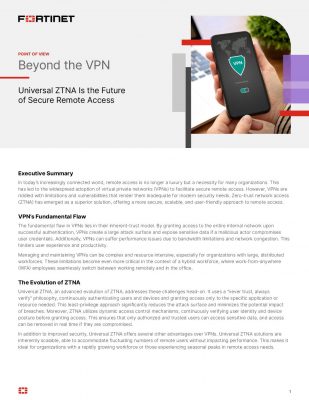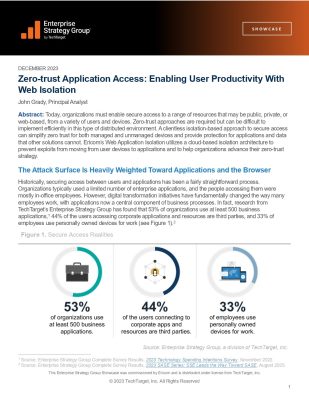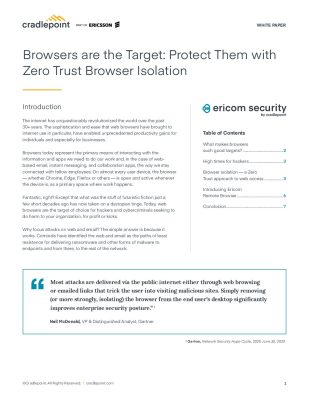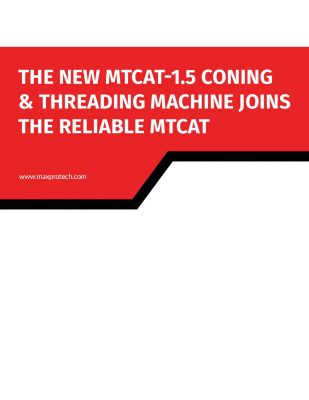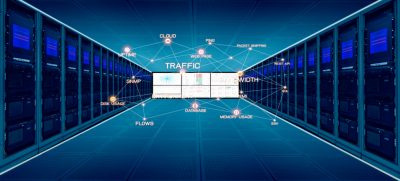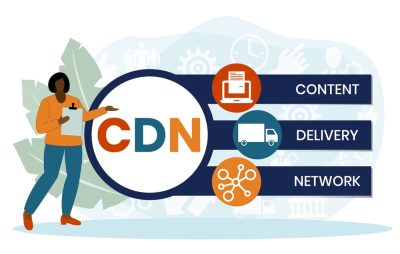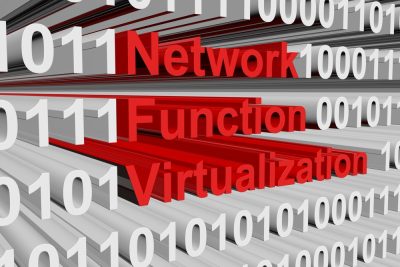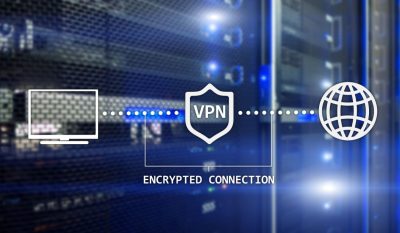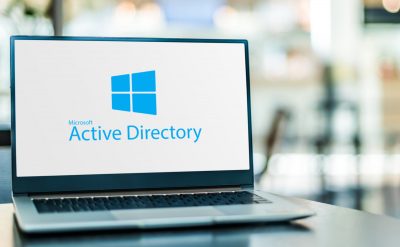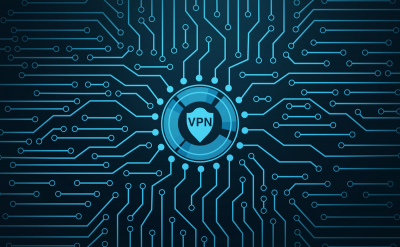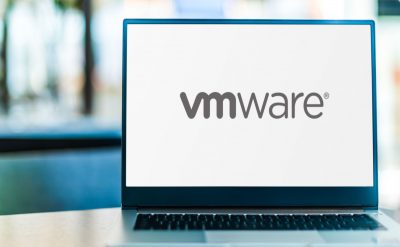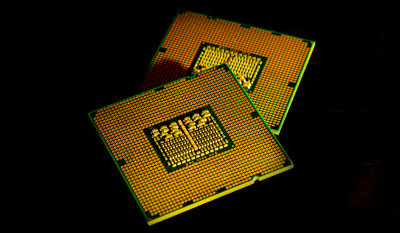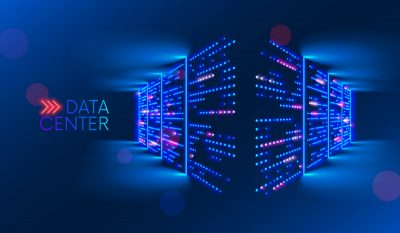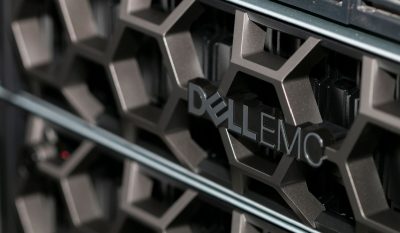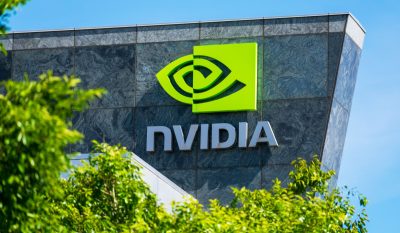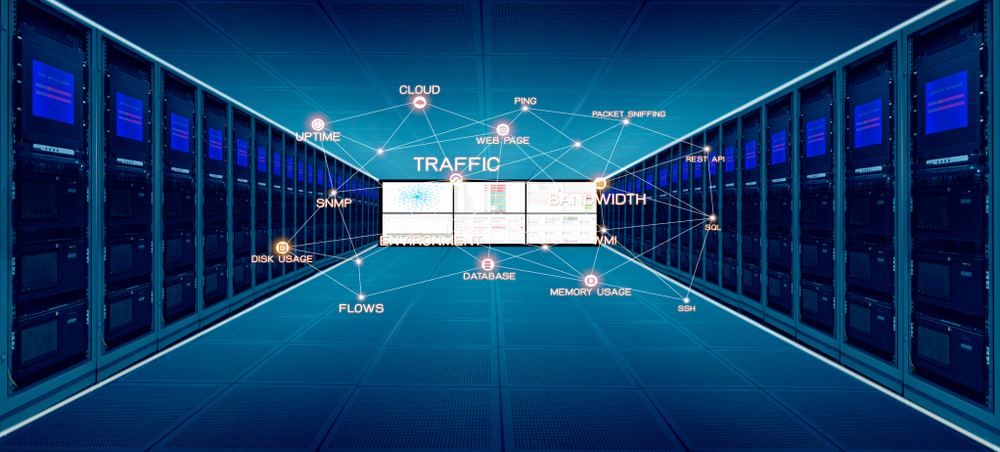Highlights:
- SNMP has undergone several revisions since its inception, with each version introducing enhancements and new features to address evolving network management needs.
- SNMP provides administrators with insights into the performance and availability of network devices, helping to identify issues and maintain network health.
Back in the 1980s, an application layer protocol from the internet protocol suite was developed to monitor expanding, complex networks. It became well-known as Simple Network Management Protocol (SNMP).
Today, it remains a key tool for network monitoring. Here’s a brief entailing how SNMP functions and its importance for network professionals.
SNMP collects data on network changes and device status, helping IT professionals monitor all managed devices and applications. It allows real-time queries of network devices for performance metrics using TCP and other probes.
Components of Simple Network Management Protocol
The SNMP framework primarily consists of three main components.
- SNMP manager
It’s a centralized system used for network monitoring, commonly referred to as a Network Management Station (NMS). A router running the SNMP server program is known as an agent, while a host running the SNMP client program is called a manager.
- SNMP agent
It’s a software module installed on a managed device that maintains and updates information in a database. The manager retrieves this data, such as the number of packets received and transmitted, to assess the device’s performance. For example, by checking these variables, a manager can determine whether a router is experiencing congestion.
- Management Information Base (MIB)
MIB constitutes hierarchically arranged data on resources to be monitored, presented as variable objects. Each agent holds a unique MIB that the manager can oversee. MIB is divided into eight categories: system, interface, address translation, IP, ICMP, TCP, UDP, and EGP, all housed within the MIB object.
The SNMP components’ briefing is crucial for effectively implementing security with SNMP, as each component plays a role in ensuring the integrity and protection of infrastructure data networks.
Security Levels of Simple Network Management Protocol
Understanding security levels helps ensure that your network management practices are safe and effective.
- noAuthNoPriv
This security level (no authentication, no privacy) relies on a community string for authentication and does not use encryption for privacy.
- authNopriv
This security level (authentication, no privacy) uses HMAC with MD5 for authentication but does not employ encryption for privacy.
- authPriv
This security level employs HMAC with either MD5 or SHA for authentication and utilizes the DES-56 algorithm for advanced encryption.
To acquaint yourself with SNMP’s evolution and the security measures it employs, it’s essential to explore the different versions and their corresponding security hierarchies.
Versions of Simple Network Management Protocol
SNMP has undergone several revisions since its inception, with each version introducing enhancements and new features to address evolving network management needs.
- SNMP v1
This is the default version of SNMP developed in the 1980s and is considered the least robust option. SNMP v1 offers minimal security and transmits data unencrypted. It was designed to support 32-bit counters, which restricts the type of data it can return.
- SNMP v2
It employs community strings for authentication and primarily uses UDP, though it can be configured to use TCP. This updated version includes enhancements to MIB structure elements, transport mappings, and protocol packet types.
Despite these improvements, it retains the existing community-based administrative structure from SNMPv1, which is why it is referred to as SNMPv2c. It is described in RFC 1901, RFC 1905, and RFC 1906.
- SNMP v3
This version relies on HMAC with MD5 or SHA for authenticating and requires DES-56 for encrypting and operating over TCP. SNMPv3 is the most secure version, offering both authentication and encryption, either individually or together. Additionally, it remotely configures SNMP entities. Relevant RFCs include 1905, 1906, 2571, 2572, 2574, and 2575.
Integrating SNMP with network monitoring tools enhances network visibility and management, providing a seamless way to track performance, detect issues, and maintain optimal network health.
SNMP with Network Monitoring Tools
SNMP is used to ensure network availability and efficient bandwidth use by allowing administrators to monitor data, devices, and network and manage interfaces and ports. Monitoring SNMP devices is a crucial part of this process.
To use SNMP for monitoring, administrators configure the SNMP agent to send data to an SNMP manager. The network management tool then handles the monitoring, enabling administrators to focus on corrective actions. Without SNMP monitoring, managing and overseeing network devices would be challenging.
SNMP provides administrators with insights into the performance and availability of network devices, helping to identify issues and maintain network health. By using SNMP monitoring tools, IT teams can gain a comprehensive view of their network environment, with data presented in accessible formats and recommendations for performance assessment and improvement. Without these tools, gathering and organizing device data would be time-consuming and inefficient.
SNMP port numbers play a vital role in facilitating communication between network devices and management systems. Understanding these port numbers is essential for configuring and troubleshooting SNMP-based network management.
SNMP Port Numbers
An SNMP port plays a communication endpoint for SNMP data transfer. SNMP utilizes port 161 for sending commands and port 162 for receiving messages. SNMP managers interact with SNMP agents through these designated ports.
Data transfer occurs via the User Datagram Protocol (UDP), and occasionally, Transport Layer Security (TLS) or Datagram Transport Layer Security (DTLS) protocols are used for added security.
The data format used by SNMP is fundamental to its ability to monitor and manage network devices effectively. With data hierarchy, you can better interpret the information exchanged and leverage SNMP’s full potential for network management.
Simple Network Management Protocol Data Hierarchy
Although SNMP’s architecture is straightforward, its data hierarchy can seem complex at first. However, it’s easier to grasp once you understand its underlying philosophy.
SNMP operates mainly on a client-server model but also supports real-time updates via SNMP traps or polling. This flexibility allows it to adapt to various network events.
Rather than requiring a rigid data format, SNMP uses a tree-like structure, enabling managers to collect data efficiently. This structure includes multiple tables, known as MIBs, each grouping specific device types or components. MIBs have unique identifiers, like IP addresses and hostnames, making data retrieval more flexible.
Epilogue
To game up your network operations management, consider using SNMP. Its robust blend of pull and push communications, intricate MIBs, and dynamic commands make it an excellent tool for monitoring and managing your network devices and resources. With a simple network management protocol framework, you can maintain the reliability and performance of your network consistently.
Explore a curated selection of IT-infra related whitepapers, designed to enhance your understanding with detailed analysis and comprehensive insights.




